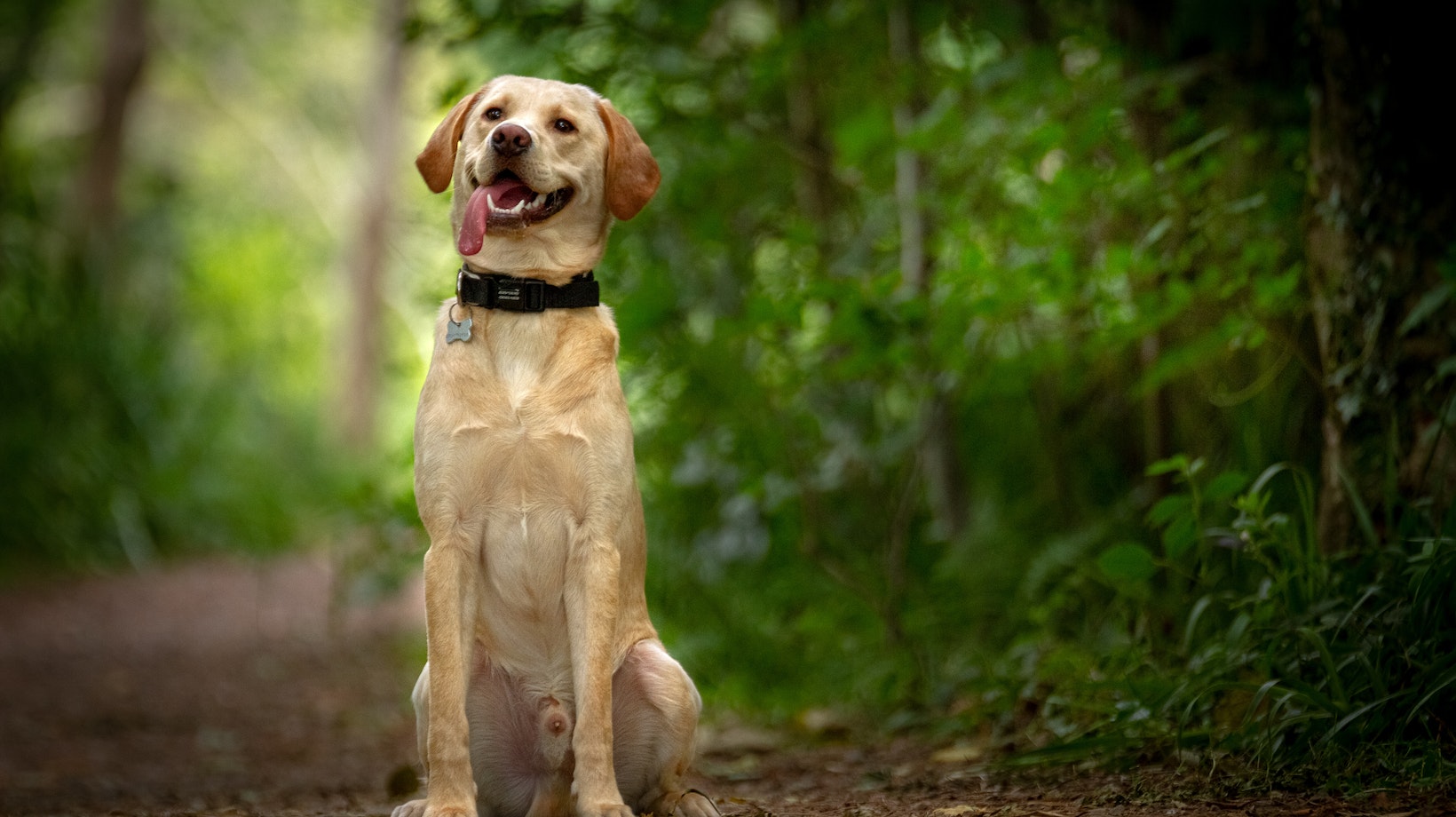If you’re dealing with the frustrating issue of an old Labrador peeing in the house, don’t worry – there are steps you can take to address this problem. First and foremost, it’s important to rule out any medical issues that may be causing your dog’s urinary accidents. Schedule a visit to the veterinarian for a thorough check-up, as underlying health conditions can contribute to inappropriate elimination.
Assuming your Labrador receives a clean bill of health, it’s time to focus on behavior modification techniques. One effective strategy is establishing a consistent routine for potty breaks. Take your dog outside frequently, especially after meals or naps, and reward them with praise or treats when they eliminate in the appropriate spot.
Additionally, consider crate training as a valuable tool in preventing indoor accidents. Dogs naturally avoid soiling their sleeping area, so confining them in a properly sized crate when unsupervised can help reinforce good bathroom habits. Remember to gradually introduce crate training and make it a positive experience for your furry friend.
How to Stop an Old Dog From Peeing in House
Health Issues That Cause Older Dogs to Pee in the House
When it comes to our beloved furry companions, like my trusty Labrador, we always want them to be healthy and happy. However, as dogs age, they may encounter certain health issues that can lead to peeing accidents inside the house. It’s important for us pet owners to understand these underlying reasons so that we can provide appropriate care and support.
One common cause of a senior dog peeing indoors is urinary tract infections (UTIs). Just like humans, dogs can also suffer from UTIs, which can cause frequent urination and accidents. Other signs of a UTI may include blood in their urine or excessive licking around their genital area. If you suspect your older dog has a UTI, it’s crucial to consult with your veterinarian for proper diagnosis and treatment.
Another health issue that could contribute to house soiling is bladder stones or crystals. These tiny mineral formations can irritate the bladder lining and make it difficult for your pooch to hold their urine properly. In some cases, these stones may even block the urinary tract entirely, leading to serious complications. Your vet might recommend dietary changes or surgical intervention depending on the severity of the condition.
Arthritis is another factor worth considering when trying to understand why an older dog may start peeing inside the house. Joint pain caused by arthritis can make it challenging for them to reach their usual spot outside or hold their bladder long enough until they get there. Providing comfortable bedding and exploring options like joint supplements or medications under veterinary guidance may help alleviate their discomfort and reduce accidents.

Establishing a Consistent Routine and Schedule for Your Older Dog
Creating a Structured Daily Routine
When it comes to addressing the issue of an older dog peeing in the house, one solution lies in establishing a consistent routine and schedule. Dogs thrive on structure and predictability, so by implementing a structured daily routine, you can help your furry friend understand when and where they should relieve themselves.
To create a structured daily routine for your older Labrador, consider the following steps:
- Regular Feeding Times: Feed your dog at consistent times throughout the day. This helps regulate their digestion and bathroom habits. Aim for two to three meals per day, depending on your dog’s age and dietary needs.
- Scheduled Bathroom Breaks: Take your Labrador outside for regular bathroom breaks at specific intervals during the day. This might include first thing in the morning, after meals, before bedtime, and every few hours in between. By consistently taking them outside during these designated times, you’ll reinforce proper bathroom behavior.
- Designated Potty Area: Designate a specific spot in your yard as the “bathroom area” for your dog. By consistently bringing them to this area each time they need to go potty, you’re providing clear expectations of where it is appropriate to relieve themselves.
- Positive Reinforcement: Reward your Labrador with praise or small treats immediately after they eliminate outside. Positive reinforcement helps reinforce good behavior and encourages them to continue using their designated potty area.
- Consistency is Key: Stick to the established routine as much as possible. Dogs thrive on consistency and repetition, so maintaining a predictable schedule will greatly assist in preventing accidents inside the house.
By creating a structured daily routine that includes regular feeding times, scheduled bathroom breaks, designating a potty area, positive reinforcement, and overall consistency; you can significantly reduce instances of an older Labrador peeing inside the house. Remember, patience and consistency are key when training an older dog, but with time and dedication, you’ll be well on your way to a well-behaved and house-trained furry companion.